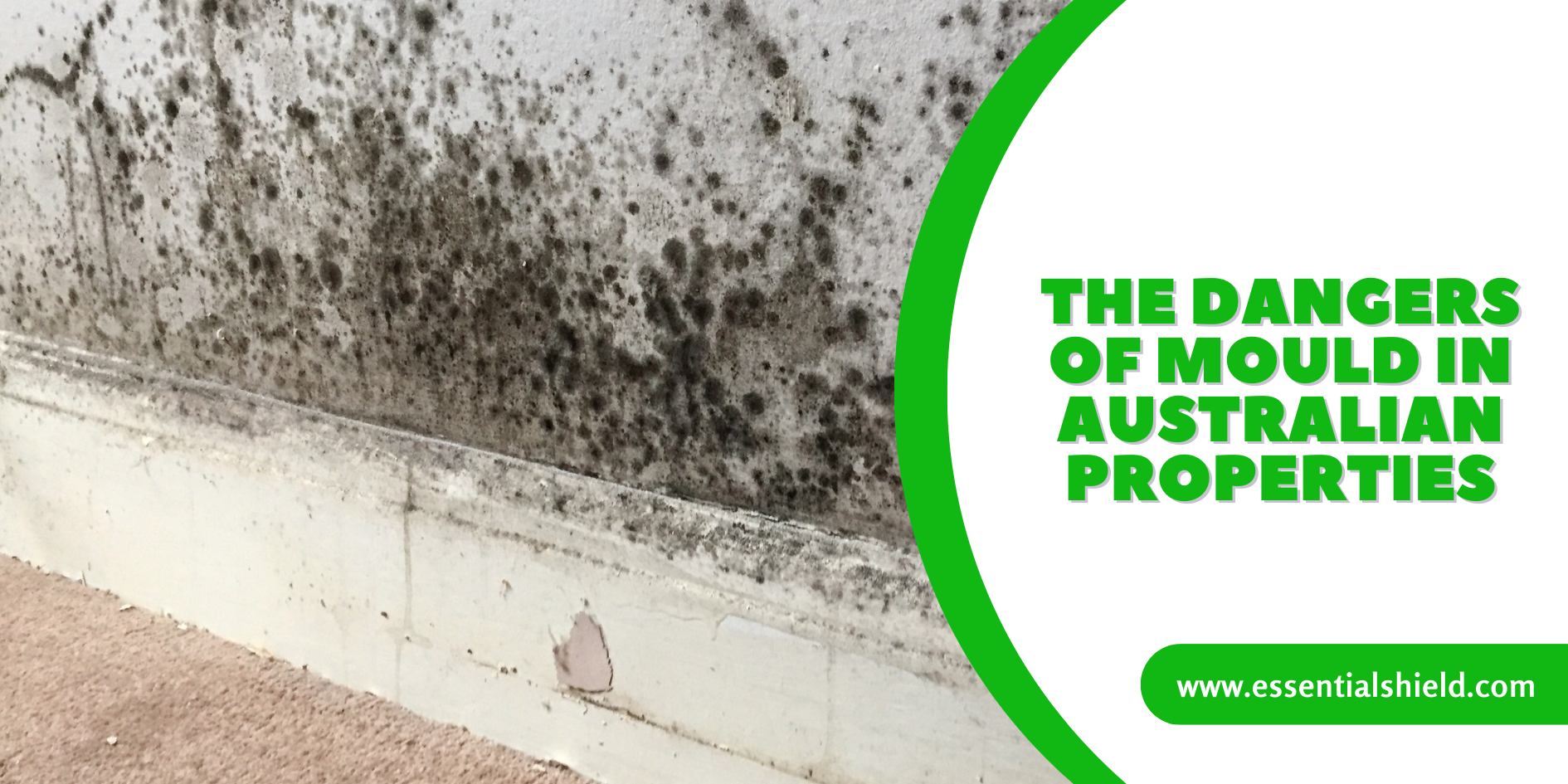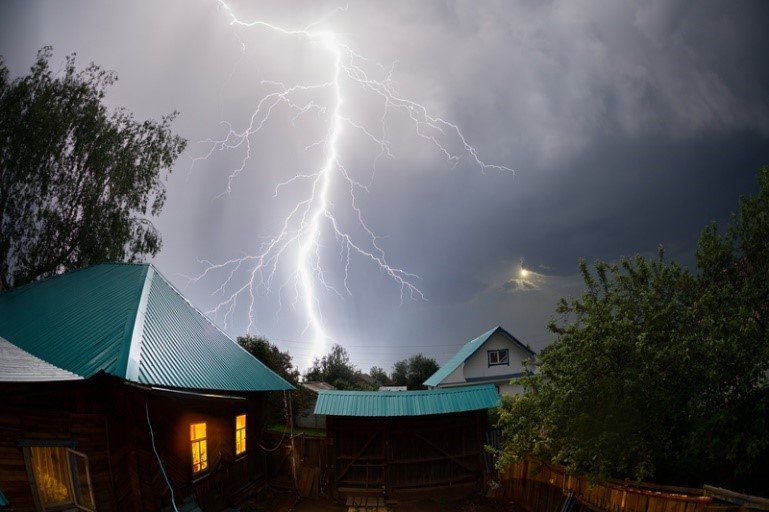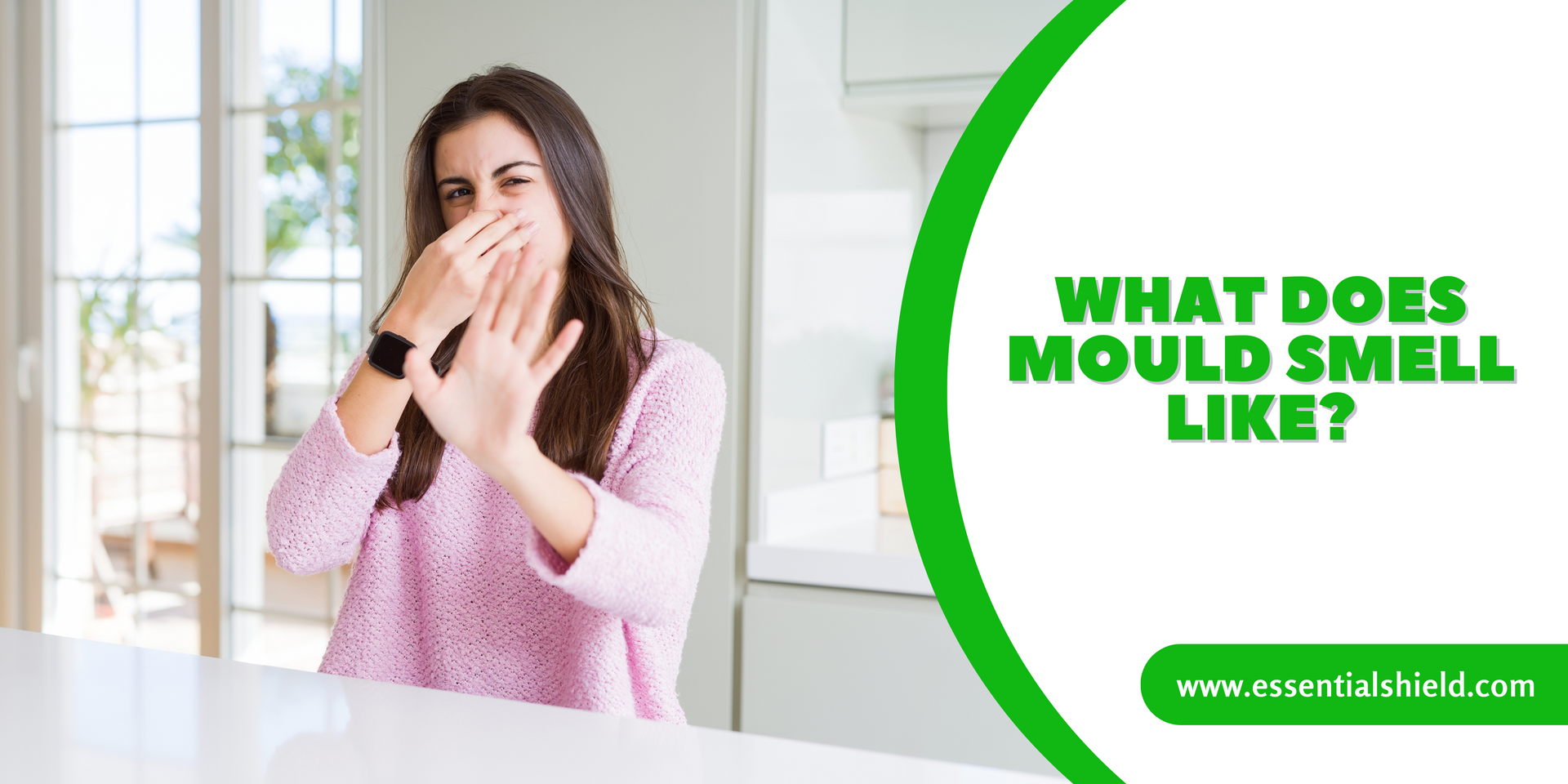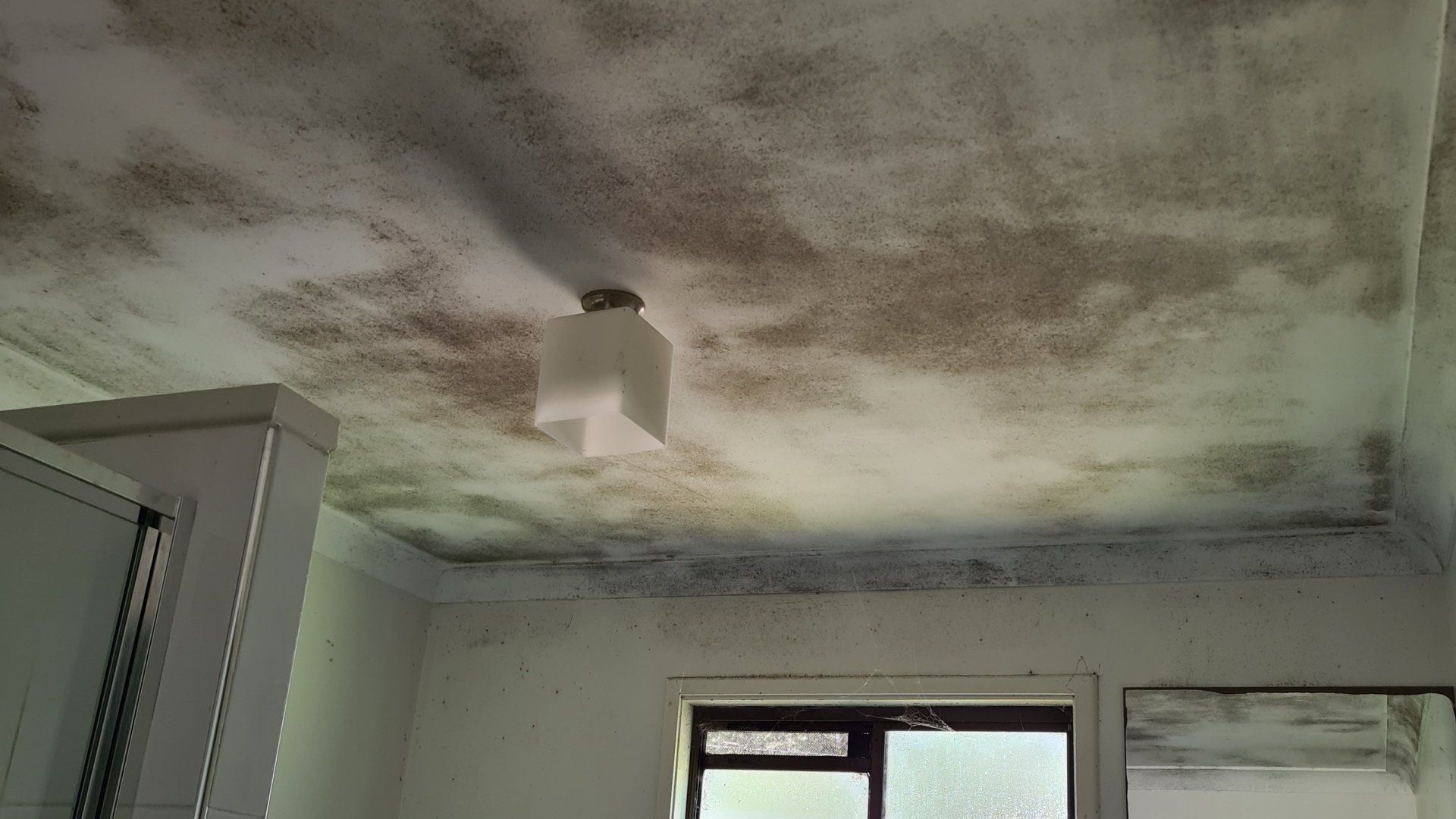How to prevent mould and mildew in humidity and wet weather conditions
Australia is known for storms, floods and severe weather events. Mould and mildew are a part of any clean up after water has damaged property.
How to prevent mould and mildew in humidity and wet weather conditions
There are several important things to do to assist in preventing mould ingress into your home over the summer storm season.
Outside the home:
- Get a professional gutter cleaning service to check and, as needed, clear all gutters and downpipes.
Blocked gutters can cause water to ingress into the internal roof void.
- Clear all ground stormwater drains. Remove all items that could be washed into the drains or create a blockage of groundwater flow.
Inside the home:
- If you are aware of any existing leaks within the home have them repaired.
- Dust build-up in the home can be one of the major causes of mould taking a grip. Moisture gets into the dust creating an ideal location for mould to set up home!
- Check the likes of window sills, the top of door frames, behind furniture, especially where they are located against a wall and wall-mounted pictures. Also, check the back of the bed heads.
- In periods of high humidity, if you have an air conditioner it’s a good idea to close the home up before you go out for the day and run it on the dry cycle. This will help drop the humidity levels within the home.
- Establish and maintain large moisture absorbers within wardrobes and storage areas. Remember to check them every couple of weeks. Do you know about our Mr Mould Odour Blocks?
- Always ensure that all clothes washing is “bone dry” before putting them away.

Many Australian homes are plagued by mould, but few people realise the hidden health risks associated with the fungi. In this blog post, we'll explore the health risks of mould, how to identify it, and ways to safely remove it from your home. So if you're concerned about mould in your house, read on to learn more!







